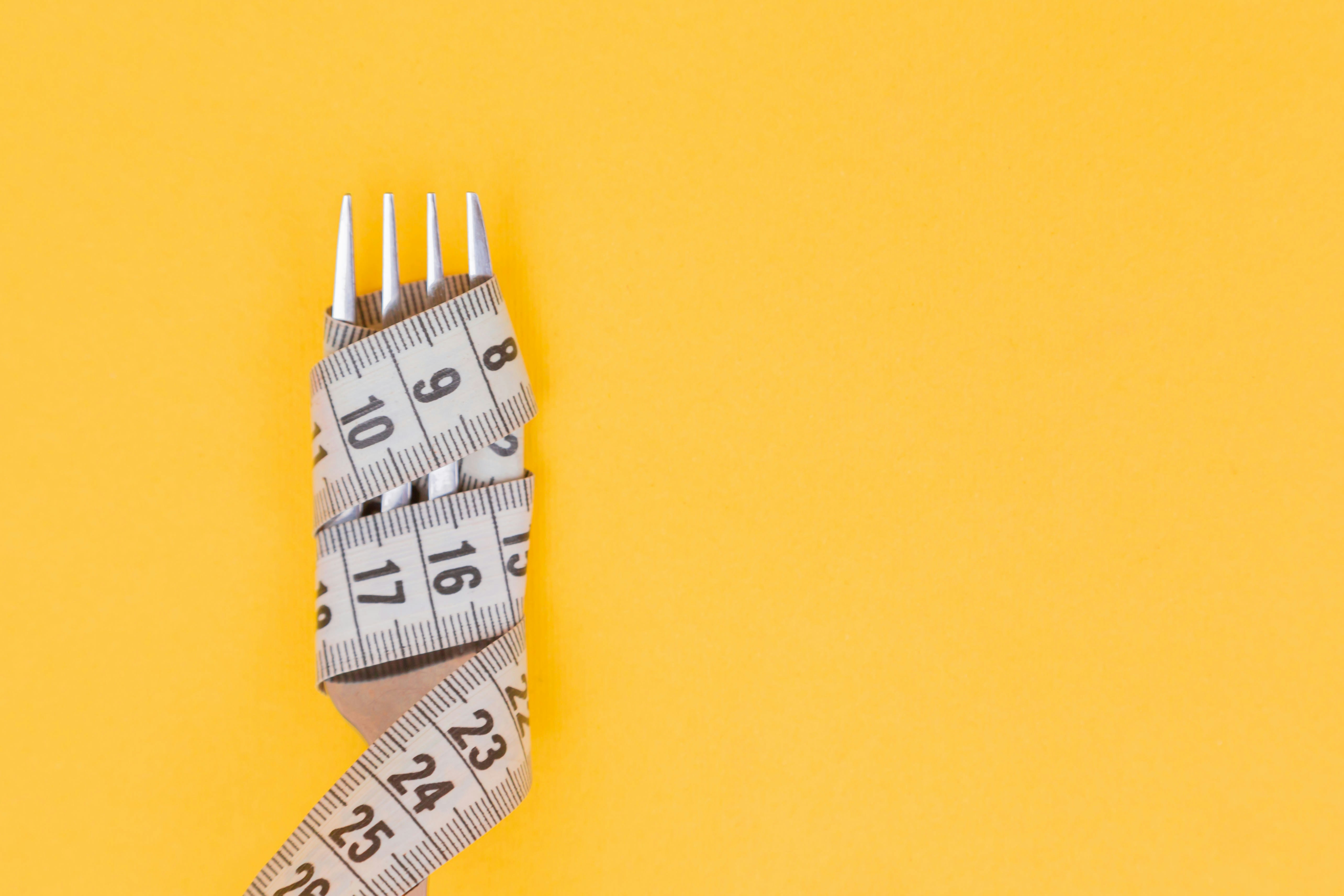
Photo by Fitsum Admasu on Unsplash
Understanding steady state cardio involves recognizing it as a form of cardiovascular exercise where the intensity level is maintained consistently over a prolonged period without significant fluctuations. This typically means exercising at a moderate level of intensity, where your heart rate remains within a specific target zone, often referred to as “Zone 2.”
Steady state cardio is traditionally performed for durations ranging from 20 to 60 minutes, or even longer, depending on your fitness goals and endurance levels. Activities such as jogging at a steady pace, cycling, swimming, or using an elliptical machine are common steady state cardio examples. The primary energy source for this form of exercise is aerobic metabolism, where the body uses oxygen to convert stored carbohydrates and fats into energy.
This type of workout can be highly effective for improving cardiovascular health, enhancing aerobic capacity, and burning calories. It’s particularly beneficial for those aiming to increase their endurance without the high impact or intensity of interval training, making it a suitable option for a wide range of individuals, including those new to exercise, recovering from injury, or managing chronic conditions.
Moreover, steady state cardio provides a foundation upon which you can build other fitness capabilities, such as speed and strength, by establishing a solid aerobic base. It also helps in the efficient fat burning, as prolonged exercise at a controlled intensity encourages the body to utilize fat as its primary energy source.
For more insights on the benefits of steady state and other forms of cardio, explore our detailed guide on the benefits of steady state cardio.
This form of exercise not only supports physical health but also contributes positively to mental health by reducing stress, anxiety, and depression, offering a therapeutic effect that complements its physical benefits.
Key Concepts of Steady State Cardio
Steady State Cardio (SSC) involves continuous, rhythmic exercises that maintain a consistent heart rate and intensity level for a prolonged period. According to NASM, a typical SSC session should keep your heart rate between 45% to 65% of its maximum NASM. This type of cardio is known for its ability to be sustained over longer durations, making it an effective option for improving cardiovascular health and endurance.
One of the core aspects of SSC is its accessibility and adaptability. Whether you’re a beginner or an experienced athlete, this format allows for customization based on individual fitness levels. This factor contributes significantly to adherence, a critical element for long-term fitness success. For instance, choices like walking, swimming, or cycling can be performed at a steady pace to align with one’s fitness goals and limitations.
Furthermore, the consistent nature of SSC helps in better fat utilization as a fuel source, aiding in effective weight management. Also, because it is generally lower in intensity compared to high-intensity interval training (HIIT), SSC typically requires shorter recovery times. This promotes regular activity without excessive strain, which is particularly beneficial for beginners or those with certain health conditions.
For more insights and tips on integrating steady-state exercises into your routine, consider exploring additional resources such as low impact cardio for bad knees, which provides alternatives that are easier on the joints while offering the benefits of steady-state training.
A Look at Efficient Steady State Cardio Examples

Photo by Judit Murcia on Unsplash
Steady state cardio, featuring moderate and consistent pace, provides an impactful way to enhance overall fitness. Here’s a closer look at some of the most efficient steady state cardio examples that could fit into various lifestyles and preferences.
Walking or Jogging: This is one of the simplest forms of steady state cardio. Whether it’s a brisk walk in the park or a steady jog, maintaining a consistent pace keeps the heart rate in the target zone, making it effective for burning fat and improving cardiovascular health.
Cycling: Stationary or on a scenic path, cycling can be tuned to remain in the steady state zone. It’s also joint-friendly, making it a great option for those who might experience discomfort with high-impact exercises.
Swimming: Known for providing a full-body workout, swimming at a steady pace is excellent for cardio conditioning and low-impact exercise, working both the upper and lower body without putting stress on joints.
Elliptical Training: This machine offers a controlled movement that can closely mimic running or walking without the stress on the legs, perfect for a steady state session. Its adjustable resistance and stride length can cater to various fitness levels.
Each of these activities can be adjusted to maintain the heart rate within a specific target zone, generally considered to be 50-70% of one’s maximum heart rate, ideal for burning fat effectively and improving aerobic capacity. For those interested in deepening their understanding of how different cardio workouts impact fat burn, visit our detailed guide on cardio exercises.
Combining these effective steady state cardio examples into your weekly routine not only enhances heart health but also aids in achieving weight loss goals efficiently.
Health Benefits of Regular Steady State Cardio
Regular steady state cardio is a fantastic way for individuals at any fitness level to enhance their health. Chris Mosier, an experienced athlete and coach, highlights several key benefits of this type of exercise, which includes its ease for beginners and its effectiveness in promoting recovery and boosting endurance (Polar, 2023).
Firstly, steady state cardio is approachable for those just starting their fitness journey. Unlike high-intensity interval training (HIIT), which can be daunting and physically demanding, steady state cardio maintains a moderate, consistent pace. This makes it less intimidating and more sustainable over time, helping to build a solid fitness base without excessive stress.
Moreover, steady state cardio significantly aids in recovery. Engaging in lower-intensity workouts allows your body to recover from more strenuous activities while still staying active. This balanced approach not only prevents injuries but also ensures continuous progress in physical conditioning by allowing muscles to heal and strengthen.
Additionally, this form of exercise is excellent for increasing stamina. According to Mosier, steady state workouts are pivotal for enhancing your aerobic capacity, making you an “efficient machine” over time. This is especially beneficial for those looking to improve their long-duration endurance capabilities, whether in running, cycling, or swimming.
For those interested in further exploring different heart rate zones during cardio, examining zone 2 cardio might provide additional valuable insights. You can read more about this on our page focusing on Zone 2 Cardio.
Steady state cardio serves as a cornerstone for a well-rounded fitness regimen, balancing high-intensity workouts and promoting long-term physical wellness.
Steady State Cardio Examples for Your Daily Life
Integrating steady state cardio into your daily routine can be simpler than you think, and it doesn’t require drastic changes to your existing schedule. Here are practical tips to make it a seamless part of your life:
Start Small
If you’re new to steady state cardio, begin with short sessions of 15-20 minutes. Even a brisk walk during your lunch break or after dinner can be effective. Gradually increase the duration as your endurance improves.
Make It Routine
Consistency is key. Schedule your cardio sessions just like any other important activity. Early morning, during lunch, or in the evening after work can be ideal times to fit in your cardio, depending on your lifestyle.
Combine Activities
Steady state cardio doesn’t have to be a standalone activity. Consider walking or biking to work or the store instead of driving. It’s a great way to rack up minutes of cardiovascular activity while accomplishing daily tasks.
Use Technology
Leverage technology to keep you accountable. Apps can track your progress, set reminders, and even provide entertainment while you work out. Listening to audiobooks or podcasts can make the time pass quickly during longer sessions.
Vary the Modality
To prevent boredom and promote holistic fitness, rotate between various forms of cardio like cycling, swimming, or using an elliptical. Each modality emphasizes different muscle groups and can keep your routine engaging.
Set Realistic Goals
Set achievable goals based on your fitness level and adjust them as you improve. Whether it’s increasing the duration of your workouts or incorporating more challenging forms of steady state cardio, realistic goal-setting can motivate you to stay on track.
By implementing these strategies, steady state cardio can become a non-disruptive and enjoyable part of your everyday routine, enhancing both your physical and mental health. For additional insights on the types of cardio workouts and their specific benefits, check out our detailed guide on cardio recovery methods.
Incorporating steady state cardio is not just about enhancing fitness; it’s about enriching your lifestyle and achieving a higher standard of wellbeing.
Steady State Cardio vs. Interval Training: What’s Better?
When deciding between steady state cardio and interval training, both have their merits and choosing the right one largely depends on your fitness goals, preferences, and level of experience. Steady state cardio involves maintaining the same pace at a moderate intensity level throughout your workout, typically keeping your heart rate at around 50-70% of its maximum. This type of cardio may be easier to keep up with and is great for endurance building. It’s also shown to be effective in improving heart health and is less demanding on the body, allowing for more frequent sessions (Verywell Fit, 2023).
On the other hand, high-intensity interval training (HIIT) includes bursts of high effort followed by periods of lower intensity or rest, pushing your heart rate up to 80-95% of its maximum. Studies indicate that HIIT can boost performance, increase calorie afterburn, and improve insulin sensitivity much quicker than steady state cardio. However, it can be physically demanding and carries a higher risk of injury, particularly for beginners or those not accustomed to intense bursts (Verywell Fit, 2023).
Ultimately, the choice depends on individual fitness levels and goals. For instance, someone new to exercise might find steady state cardio more manageable and enjoyable, which can be crucial for long-term consistency. Conversely, someone with a tight schedule might prefer HIIT for its time efficiency and intense calorie burning. Combining both might be the best approach to benefit from the advantages of each type, maintaining cardiovascular health and overall fitness. For those interested in indoor cycling as part of interval training, our page on exercise bike interval training can provide valuable tips and routines to get started.
Common Misconceptions and Answers about Steady State Cardio

Photo by Diana Polekhina on Unsplash
Many people believe that steady-state cardio is the fastest route to fat loss. This is one of several misconceptions about the type of exercise. It’s true that steady-state cardio, like running or cycling at a consistent speed, can burn a significant number of calories during the session. However, this doesn’t necessarily mean it’s the most effective for fat loss in the long run. Studies and experts suggest that combining cardio with strength training is more efficient as muscle mass increases the number of calories burned at rest 1.
Another widespread myth is the concept of the “fat burning zone,” which suggests that working at a certain heart rate maximizes fat loss. While it’s true that a higher percentage of fat is used for energy at lower intensities, the total number of calories burned is much less than at higher intensities. Thus, the overall fat calories expended can be higher at greater intensities due to the larger total calorie expenditure 2.
Finally, there’s the belief that calories burned through exercise can justify overeating. Many think that by burning 500 calories through steady-state cardio, they can afford to eat an extra 500 calories without affecting their weight. In reality, this mentality can lead to maintenance rather than weight loss, as total calorie balance is essential for true fat loss. For more on aligning diet with exercise to maximize weight loss, see our comprehensive guide on how much cardio should I do a week when trying to build muscle.
Wrapping Up: Next Steps to Take in Your Cardio Journey
As you continue refining your cardio fitness strategy, it’s important to recognize the role of progressive planning in achieving your health goals. According to fitness experts, systematically intensifying your routine—whether by increasing the intensity, volume, or both—is crucial for ongoing improvement and adapting to higher fitness levels.
For instance, if you’re comfortably completing 30 minutes of steady state cardio at a consistent pace, consider increasing your session by five minutes or elevating the intensity of your workout every couple of weeks. This type of progression, similar to strategies employed in weight training, helps avoid plateaus and enhances fat burning and cardiovascular health.
If your primary goal is to burn fat, you may think about varying your cardio routines. Inclusive of both high-intensity interval training (HIIT) and steady state exercises can stimulate different aspects of fitness and fat loss. According to research, incorporating a variety of cardio methods can enhance overall fitness more effectively than sticking to one type alone. (T-Nation)
Finally, consider revisiting and updating your fitness benchmarks every few months. Assess your progress and readjust your routine as necessary to keep moving towards your fitness goals. For insights on how to maximize fat burning through various cardio machines, visit our related guide on What Cardio Machine Burns the Most Calories.